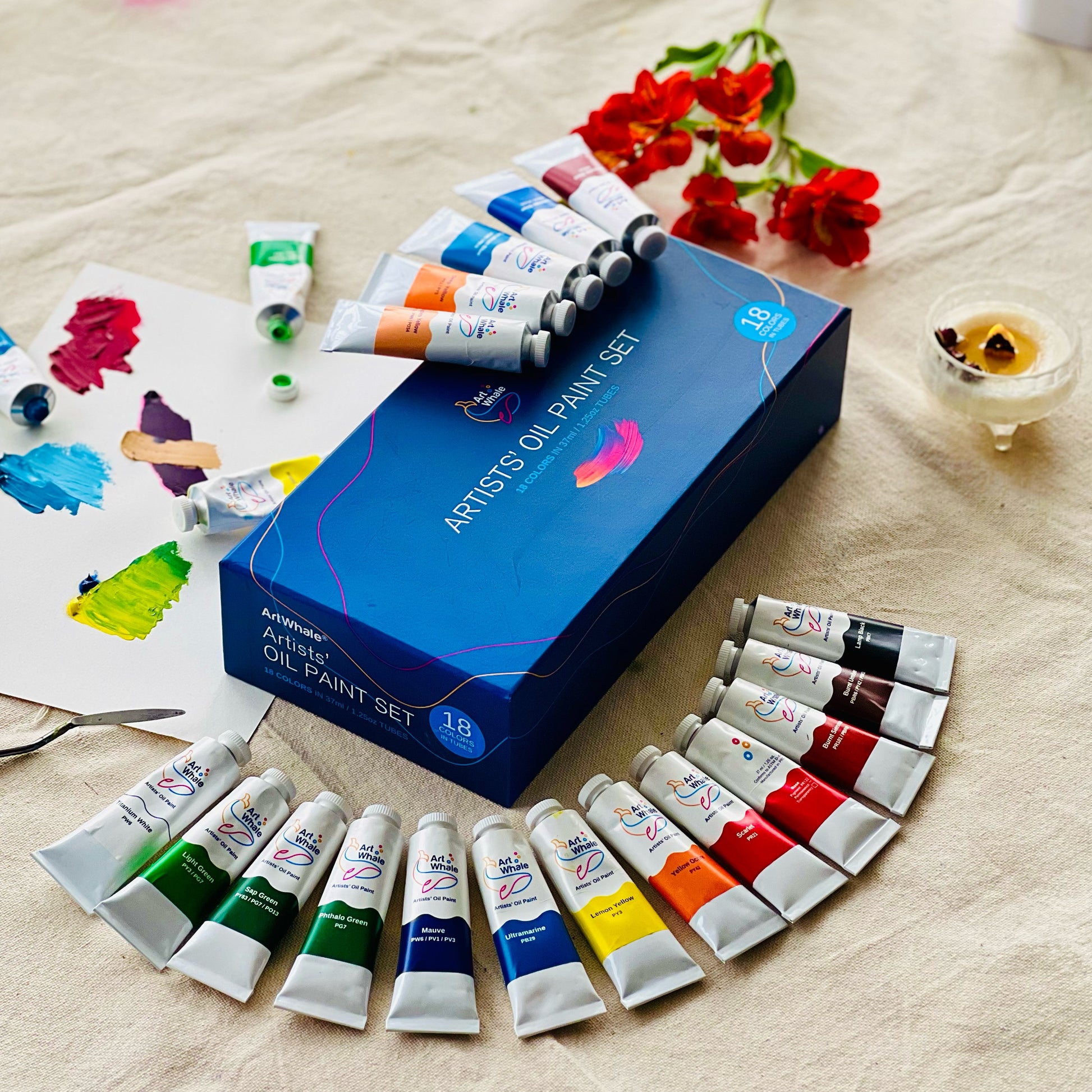I have using that oil for a more then 2 years. I had the pleasure of find and using this artist oil paint, and I am thoroughly impressed with its performance. The high pigment load ensures that the colors are vibrant and long-lasting, making my artwork truly stand out. The texture and consistency of the paint are perfect, providing a thick, creamy feel that is easy to work with and allows for smooth application.One of the standout features is the mixability of the paint. It blends seamlessly without becoming muddy, enabling me to create a wide range of colors and effects. The drying rate is consistent, which is crucial for layering and blending techniques. Additionally, the paint's lightfastness is exceptional, ensuring that my artwork remains vibrant and does not fade over time.The durability of this oil paint is another highlight. It resists cracking and maintains its integrity, ensuring the longevity of my pieces. Its versatility allows me to experiment with various techniques and tools, achieving different textures and effects with ease. Even after drying, the colors remain vibrant and true to their original hue.The paint offers a good balance of opacity and transparency, depending on the pigment, giving me the flexibility to achieve the desired effect in my work. Lastly, the quality of the binder, typically linseed oil, is top-notch, ensuring the paint's stability and performance.Overall, I am extremely satisfied with this artist oil paint and highly recommend it to fellow artists looking for a reliable and high-quality medium.
Paints are great but tubes are small.
I bought these paints as a gift for my significant other, who paints as a hobby. He says they are as good a product as any of the more expensive name brands.
Ideal for me as a beginner.
Everything looks great! I just have to try it out.










